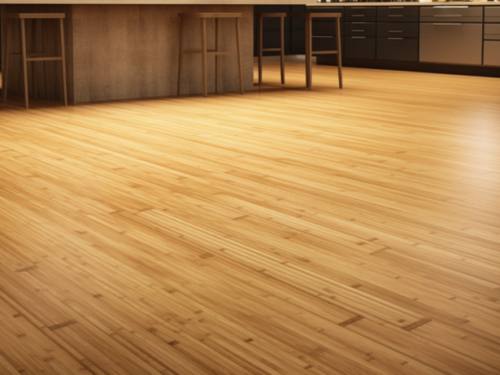
Do I need an underlayment for hardwood floors?
One of the major decisions that homeowners face when installing hardwood flooring is whether or not to use an underlayment. An underlayment is a layer of material that is placed between the subfloor and the hardwood flooring. It can help to create a smoother surface, reduce noise, and provide insulation.
However, not all floors require an underlayment. Let’s explore whether or not you need an underlayment for hardwood floors.
What is an underlayment?
An underlayment is a thin layer of material that is placed over your subfloor before the hardwood flooring is installed. It can be made from a variety of materials such as foam, cork, felt, and rubber. The purpose of an underlayment is to create a flat, smooth surface for your hardwood flooring to be installed on. Additionally, it can help to reduce noise and provide insulation.
Keep Reading: Is it okay to lay new flooring over old flooring?
When do you need an underlayment?
Whether or not you need an underlayment for your hardwood floors depends on a few factors. First, the type of subfloor you have. If you have a concrete subfloor, it is always recommended to use an underlayment. This is because concrete can be uneven and can cause your hardwood floor to buckle over time.
However, if you have a wood subfloor, an underlayment may not be necessary. If the subfloor is completely level and there are no moisture issues, you can install your hardwood flooring directly on the subfloor.
What are the benefits of using an underlayment?
There are several benefits to using an underlayment for your hardwood floors. First, it can help to reduce noise. Hardwood floors can be quite loud, and an underlayment can absorb some of the sound.
Additionally, an underlayment can provide insulation, which can help to keep your home warmer in the winter and cooler in the summer.
Finally, an underlayment can help to create a smoother surface for your hardwood flooring to be installed on, which can help to prevent the hardwood from becoming warped or damaged over time.
Keep Reading: Are hardwood floors worth the money?
What type of underlayment should I use?
There are several types of underlayment available, so it’s important to choose the right one for your specific needs. Foam underlayment is one of the most popular types of underlayment. It’s affordable, easy to install, and can provide good insulation. Cork underlayment is another option and is often chosen for its sound absorption properties. Felt underlayment is another great option as it is made from recycled materials and provides excellent insulation. Finally, rubber underlayment is a good choice if you need an underlayment that is waterproof.
Do I really need an underlayment for my hardwood floors?
While an underlayment is not always necessary for hardwood floors, it is generally recommended. Using an underlayment can help to prevent damage to your hardwood flooring, create a smoother surface, and reduce noise. Additionally, an underlayment can provide insulation and help to increase the lifespan of your hardwood floors.
Keep Reading: How much do contractors charge to lay flooring?
While an underlayment is not always necessary for hardwood floors, it is generally recommended. The type of subfloor you have, your specific needs, and the type of hardwood flooring you choose will all play a role in determining whether or not you need an underlayment. But if you’re unsure, it’s always best to err on the side of caution and use an underlayment to protect your investment. Ultimately, an underlayment can help to create a smoother surface, reduce noise, provide insulation, and increase the lifespan of your hardwood floors.


